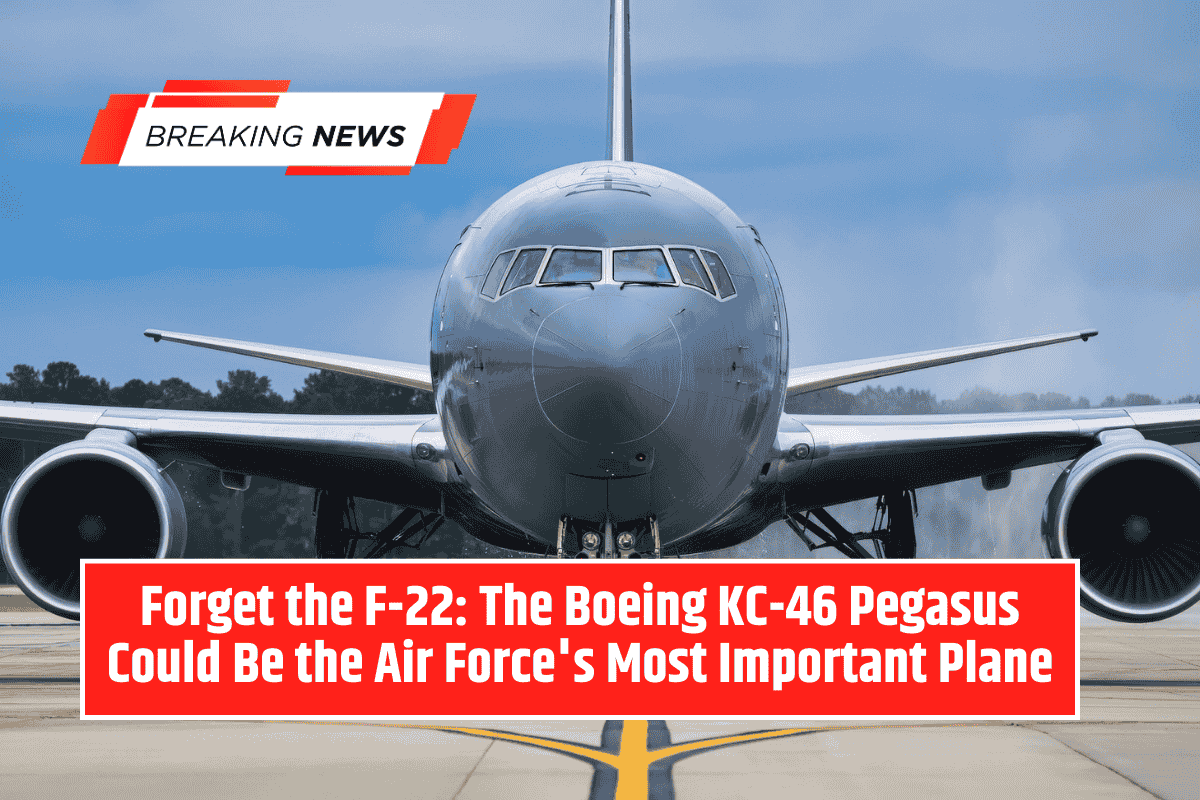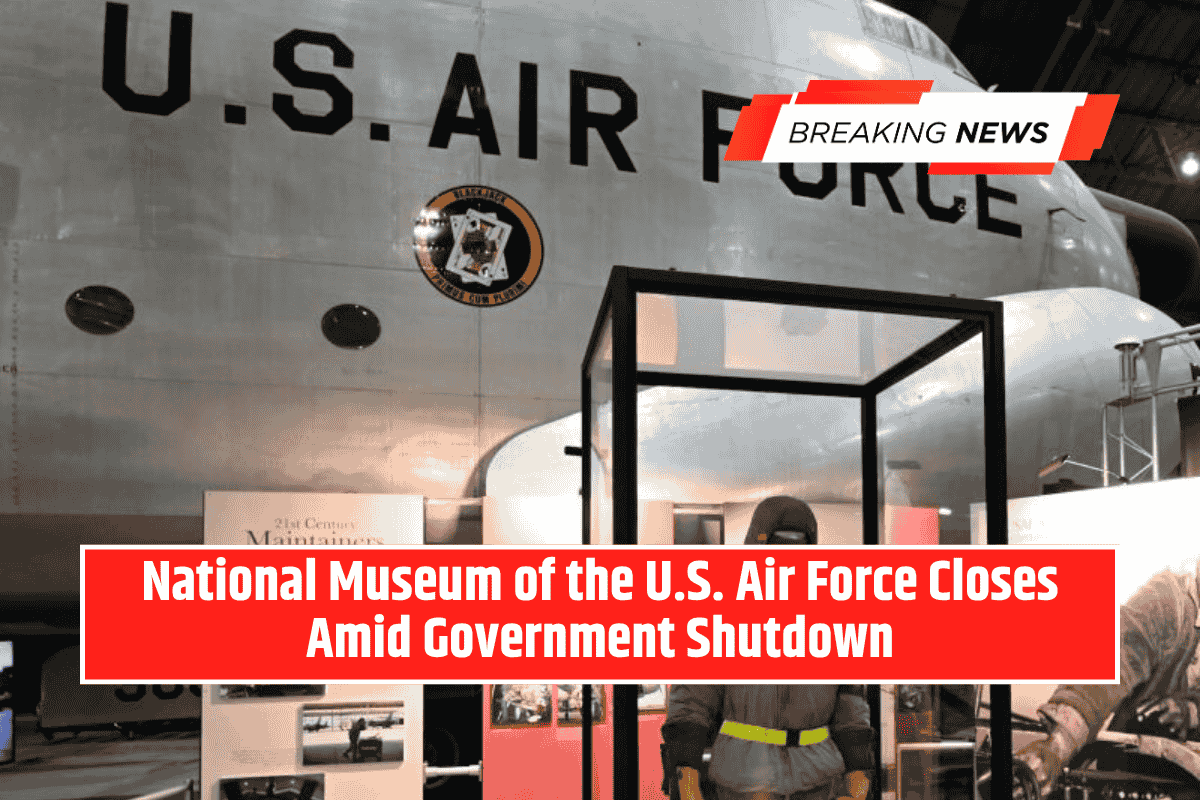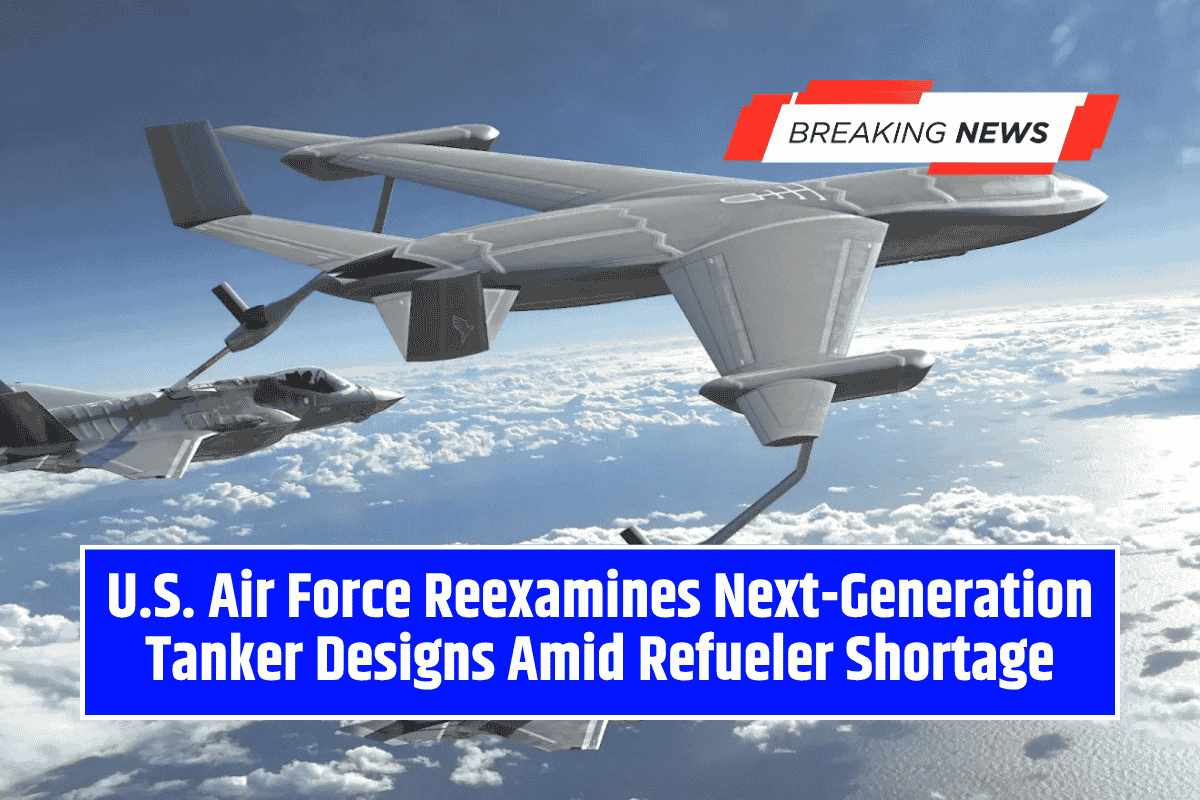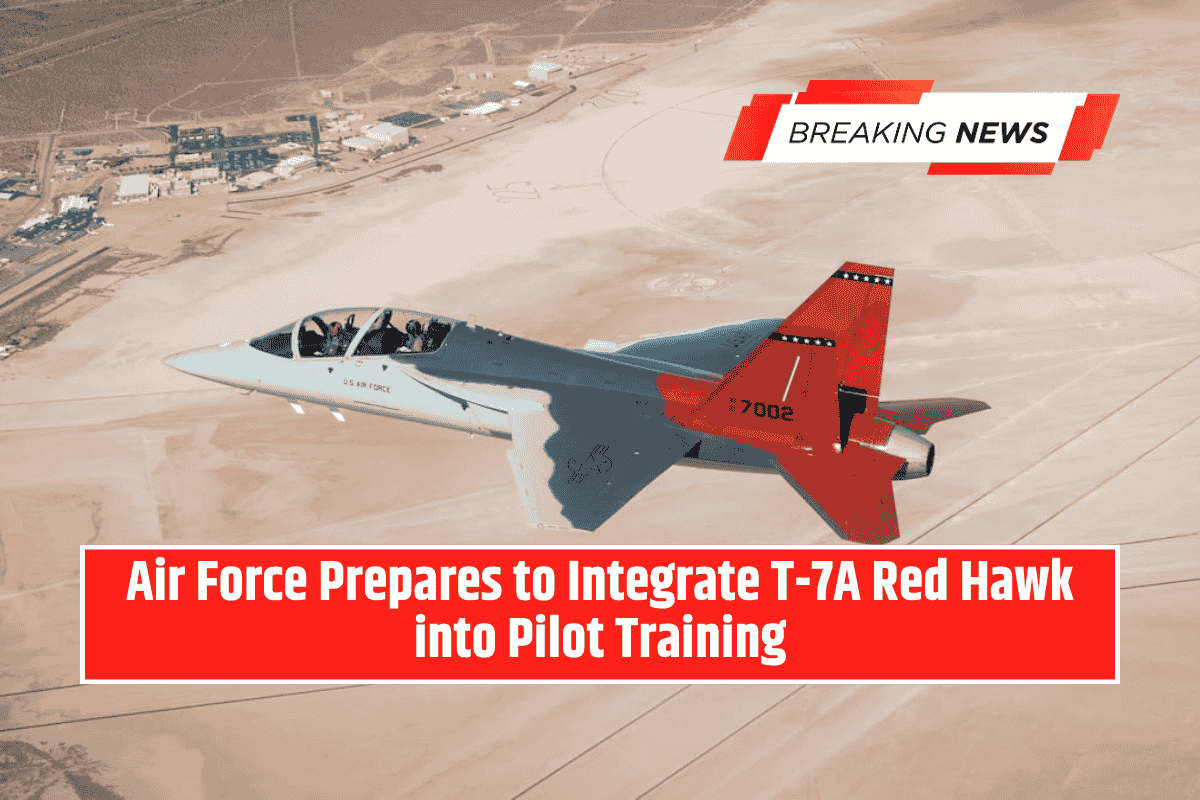For decades, the U.S. Air Force stretched the KC-135 Stratotanker and KC-10 Extender beyond their intended lifespans. With future conflicts demanding longer ranges, survivability in contested airspace, and the ability to move not just fuel but also data and patients, a new tanker became essential. This led to the KC-X competition and ultimately to the KC-46 Pegasus.
From KC-X to KC-46: A Bruising Competition
The tanker saga began with a fierce contest. An initial award to a rival was overturned, and Boeing’s 767-based proposal eventually won under a fixed-price contract.
While cost-capping protected taxpayers, Boeing absorbed billions in overruns as redesigns and integration challenges mounted. The Pegasus became a case study in the risks of converting a commercial airliner into a combat-ready platform.
Design and Engineering: A 767 Rebuilt for War
At its core, the KC-46 is based on the 767-2C airframe but rebuilt for 21st-century combat support. Key features include:
- Refueling Hardware: A fly-by-wire boom for receptacle receivers, plus centerline and wing-mounted drogues for probe-equipped aircraft.
- Avionics & Networks: A 787-style glass cockpit, secure communications, and data-link connectivity, making the Pegasus a node in the digital battlespace.
- Defensive Systems: Radar warning receivers, expendables, and infrared countermeasures for survivability.
- Multi-Mission Flexibility: Configurable interior for fuel, cargo, or aeromedical evacuation.
- Modern Flight Controls: Fly-by-wire systems and advanced power management for precise handling and mission system support.
Operational Rollout and Global Deployments
Initially restricted to training flights, the KC-46 gradually transitioned to worldwide taskings. It has supported Middle East operations, Indo-Pacific missions, and a record-breaking 45-hour nonstop circumnavigation.
In the 2025 Iran crisis, Pegasus tankers were essential for strike packages, proving their combat utility despite lingering flaws.
Development Struggles and Controversies
The Pegasus faced a turbulent childhood, with recurring issues such as:
- Remote Vision System (RVS): Distorted imagery under certain lighting forced a complete redesign (RVS 2.0), delayed into the late 2020s.
- Boom Mishaps: “Nozzle binding” incidents damaged receiver aircraft, requiring hardware fixes and procedural changes.
- Foreign-Object Debris & Fuel Leaks: Factory lapses led to delivery pauses and process overhauls.
- Cargo Lock Flaws: Temporary bans on passenger and cargo missions until fixes were installed.
- Structural Cracks (2025): Delivery pauses followed inspections and repairs.
- Wing Aerial Refueling Pods (WARPs): Delayed certification, especially in icing and crosswind conditions.
Current Performance: Useful but Imperfect
By 2025, the KC-46 is flying real missions globally, acting as both a refueler and a data relay platform. Mission-capable rates, however, remain in the mid-60% range—well below the Air Force’s 80–90% goals.
Still, the Pegasus has demonstrated operational credibility by supporting mixed receiver packages, integrating with stealth and legacy aircraft, and enduring long-range sorties.
International Operators
- Japan: Already fields KC-46As, expanding its fleet for Indo-Pacific contingencies.
- Israel: Contracted for deliveries to replace aging 707-based tankers, enhancing its long-range strike capabilities.
Procurement and Cost
Despite development headaches, per-aircraft costs stabilized in the mid-$100 million range. The Air Force plans 179 baseline aircraft and has opted to buy up to 75 more instead of holding a new “KC-Y” competition.
This decision prioritizes continuity while focusing future investment on the Next-Generation Air-Refueling System (NGAS) for the 2030s and 2040s.
What to Watch Moving Forward
- RVS 2.0 Fielding: Critical to safe and reliable refueling.
- WARPs Certification: Essential for full Navy/Marine Corps integration.
- Mission-Capable Rates: Spares and sustainment improvements must push readiness higher.
- Safety Record: A string of mishap-free deployments would rebuild confidence.
- Global Taskings: Continued operational use in contested theaters will cement credibility.
The Bigger Picture: Tankers as Combat Enablers
Tankers are no longer rear-area trucks—they are central to modern airpower. By moving fuel, cargo, patients, and data, the KC-46 allows commanders to sustain operations over vast distances, particularly in the Indo-Pacific.
Its dual-role as both a refueling platform and network node redefines what a tanker contributes to combat effectiveness.
Bottom Line
The KC-46 Pegasus is far from perfect, but it is proving indispensable. Born from a troubled program, it now sustains global operations, supports both stealth and legacy aircraft, and provides critical flexibility.
The Air Force’s choice to expand the fleet while working toward NGAS reflects a pragmatic strategy: fix what’s broken, field what works, and prepare for the next generation.








